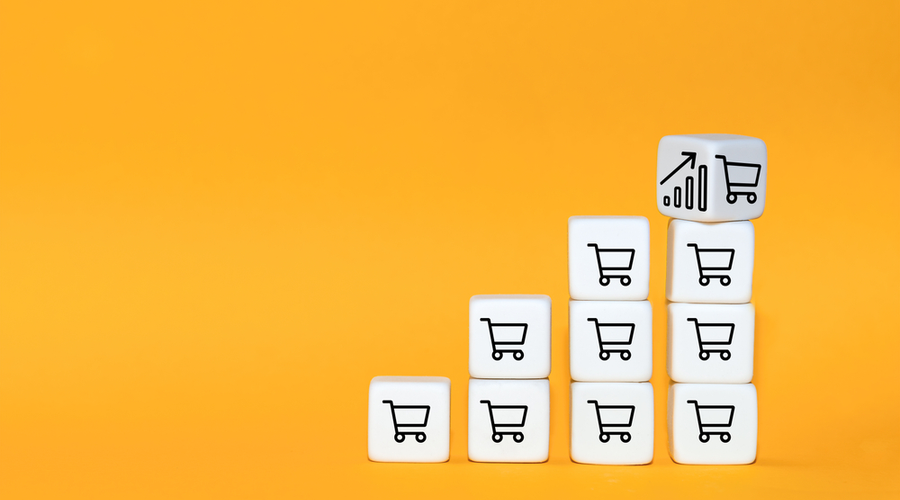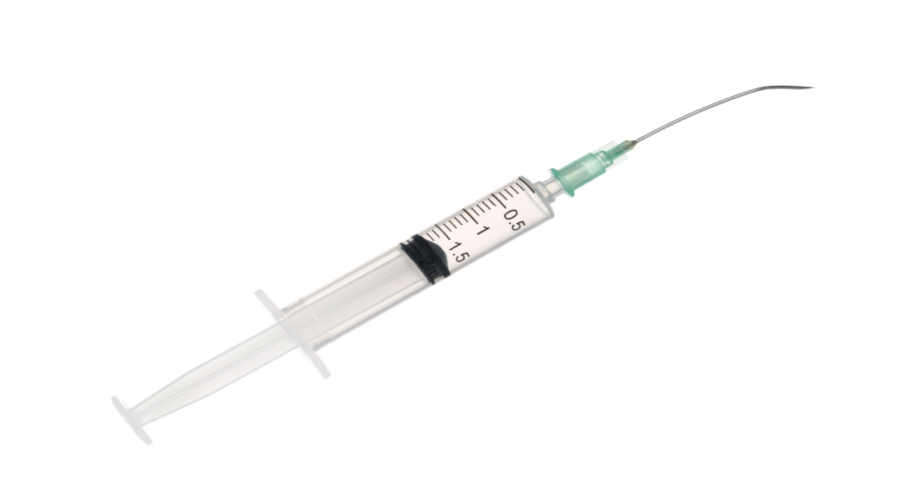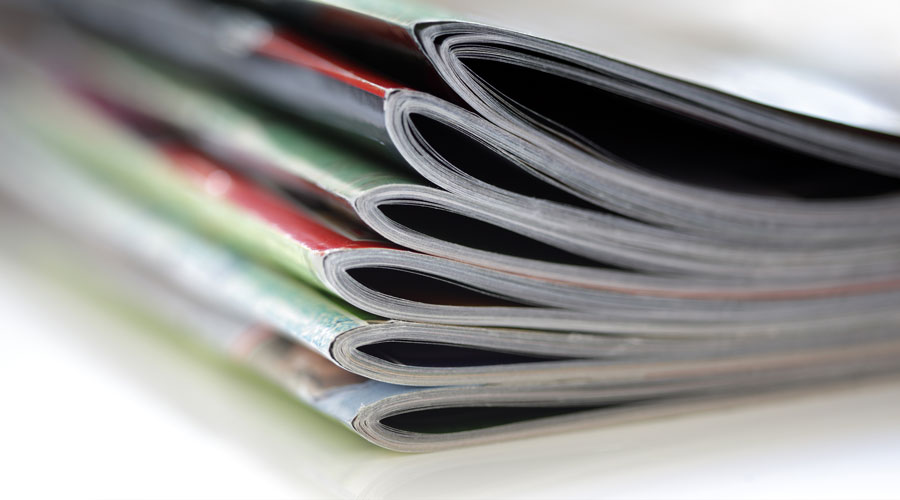Most independent pharmacies are under contract with a primary wholesaler, most of which carry enough product to fully stock a pharmacy of any size. Even so, there are more than a hundred secondary suppliers in business who serve independents every day. Elements magazine surveyed its readers to discover why they venture into the secondary market and what exactly they’re looking for. Nearly every respondent said they have a primary wholesaler, and all but four of them buy outside of their primary contract.
Of those pharmacies, 93 percent buy generics from secondaries and 59 percent buy brands. However, the vast majority of their total purchases still go through their primary. On average, secondary purchases make up about 20 percent of their total generic inventory and 13 percent of their total brand inventory. About 70 percent of respondents said they use secondaries because an item is too costly at their primary wholesaler. Nearly 60 percent listed low reimbursement as a main reason for purchasing outside of their primary contract.
“Some of these insurance reimbursements are terrible,” said Brian Meyer, owner of Sunflower Rx. “I always have to look for the best price to just to break even.”
When asked which secondaries they use, the pharmacies identified 43 different suppliers in total. The top three “best” choices were BuyLine, Anda, and IPC, with price, customer service, and product availability cited as the main reasons.
Here’s a breakdown of five key takeaways on how independent pharmacies navigate the secondary supplier market.
1. Search for best prices
Far and away, pharmacies go to the secondary market to find better pricing. When they aren’t getting the best cost from their primary wholesaler, they seek out secondaries for a better deal. ″When they have specials or a really good price, they’re anywhere from 20 to 50 percent off what we normally would pay,” said Bryon Glover, pharmacy director at Hoover Drug, Eufaula Pharmacy, and Checotah Pharmacy.
The amount they save sometimes depends on how much time they’re willing to spend searching. ″If we do a lot of shopping, we can sometimes save even hundreds of dollars over what it would cost at our primary wholesaler,″ Meyer said.
Among the reasons pharmacies choose a particular secondary supplier, just over 80 percent opt for the one offering the best price on the items they’re looking for, which are often medications with narrow margins. ″If we have a certain medication that we’re constantly losing money on from our wholesaler, then we look for that one,″ Glover said. Although Meyer will search for a good deal, he often returns to the supplier with consistently low prices. ″It’s just going back to the ones that we know are going to be a lower price,″ he said.
Charles Canvasser, owner of the Pharmacy at Westland Maple Drugs, navigates a handful of suppliers depending on whether he’s looking for brands, short-dated items, or savings on large purchases. In almost all cases, he’s only going out to the secondary market for items with big price tags. ″I don’t have enough hours in the day to sit and pick and choose an item that’s $1.17,″ he said. ″I’m looking for some significant dollars.″ When he does land a good deal, it saves him a lot. He’s found a difference of $100 among suppliers for a medication that’s typically more than $300.
Both Canvasser and Glover restrict the amount they purchase because they don’t want to ruin their rebates from their primary, which are based on volume. ″If I’m going to deviate from them, it needs to be something that’s going to give me at least a 20 percent difference,″ Canvasser said. Although price and availability drive the majority of secondary purchases, many pharmacies choose their secondary based on their customer service and support.
2. Search for out-of-stock items
Seventy percent of pharmacies seek out a secondary because their primary doesn’t have the item they need. This can occur for a variety of reasons, whether it’s a shortage or pre-allocation prioritizing chain pharmacies. ″Every once in a while, a particular medication will be on back order and you just can’t get it,″ Glover said. ″I don’t think there’s really any rhyme or reason that we’ve seen.″
In these cases, pharmacies often first go to the secondary suppliers that ″always have item in stock″ or ″have a comprehensive inventory″ or ″often have the missing item,″ according to the responses.
3. Care about customer service and support
Although price and availability drive the majority of secondary purchases, many pharmacies choose their secondary based on their customer service and support.
″If I’ve got a problem that’s not getting taken care of right away, that would be grounds for me to not use them,″ Canvasser said. ″I don’t need to tie my money up with them.″
Many pharmacies chose a supplier for their recent purchases because they were ″easy to work with″ or had ″exceptional customer service.″
One negative trend was the frustration of getting daily phone calls from sales reps. ″Some of them actually call once a day, every day,″ Glover said. ″I don’t have time to take all these sales calls every day.″
Some suppliers have found better ways to inform their customers of good deals and items in stock than pelting them with calls. ″I prefer an email where I can look at their specials,″ Glover said.
Canvasser prefers to find them himself online. ″I’d rather go to the internet and have a few companies that I deal with. If I need to, I’ll find the best price,″ he said. ″Specials don’t mean anything to me because that’s how they hook you into buying more. I want everyday prices.″
4. Want easy ordering
Most pharmacies want to order online rather than on the phone, and they want to be able to compare up-to-date prices and search easily on the website. Canvasser almost exclusively orders online, and ease of use is the most important part of the experience. ″That’s the big deciding factor,″ he said. ″Simplicity of being able to order and look up prices is most important.″
Meyer wants the website to clearly show the pricing details, like cost per tablet or cost per pill. ″The ones that have more information or are easier to navigate are the ones I order through most.″
Although many pharmacies use an electronic data interface (EDI) for their primary wholesaler, the vast majority do not use it to order from secondary suppliers. However, many want the ability to use EDI to make ordering easier, which indicates a lack of EDI integration among secondary suppliers. ″The EDI seems somewhat limited still, and there are some I wish had that capability,″ Meyer said. For the suppliers that do integrate with his pharmacy system, he’ll use EDI to compare prices.
Pharmacies order from secondary suppliers at least once per week, and some order every day.
Among four choices — pharmacist-in-charge, pharmacist, technician, owner — pharmacist in-charge was the role most often responsible for ordering the inventory. Pharmacists came in second, followed by technicians. However, the total was nearly even among all four.
5. Need next-day shipping
Supplier shipping policies vary considerably. Some offer free shipping after a minimum purchase amount while others only offer two-day shipping at best. About 40 percent of respondents listed free shipping as a reason they choose any secondary source. ″If I’m not getting next-day shipping, I’m not ordering,” Canvasser said. He’s found that the minimum order from most suppliers is around $150. If he doesn’t have enough volume to reach that amount, then it’s not worth ordering from a secondary in the first place, he said.
10 Popular Secondary Suppliers
When asked which secondaries they use, the survey respondents identified 43 different suppliers in total. Below are 10 that were the most cited.
1. BuyLine
2. Anda
3. IPC
4. ParMed
5. Trxade
6. TopRx
7. KeySource
8. Smith Drug
9. Auburn
10. IPD
From the Magazine
This article was published in our quarterly print magazine, which covers relevant topics in greater depth featuring leading experts in the industry. Subscribe to receive the quarterly print issue in your mailbox. All registered independent pharmacies in the U.S. are eligible to receive a free subscription.
More articles from the September 2021 issue:
- Is transitions of care a good business opportunity for pharmacy?
- These are the top trends in secondary purchasing
- New guidelines define pharmacist responsibilities and rights
- Millions are incarcerated–and they need meds
- An attorney’s guide to succession planning
- Pet medicine is making this pharmacy profitable
- An inside look at the opportunity of long-acting antipsychotic medications
- Essential merchandising tactics to increase retail sales
A Member-Owned Company Serving Independent Pharmacies
PBA Health is dedicated to helping independent pharmacies reach their full potential on the buy-side of their business. Founded and run by pharmacists, PBA Health serves independent pharmacies with group purchasing services, wholesaler contract negotiations, proprietary purchasing tools, and more.
An HDA member, PBA Health operates its own NABP-accredited warehouse with more than 6,000 SKUs, including brands, generics, narcotics CII-CV, cold-storage products, and over-the-counter (OTC) products — offering the lowest prices in the secondary market.












